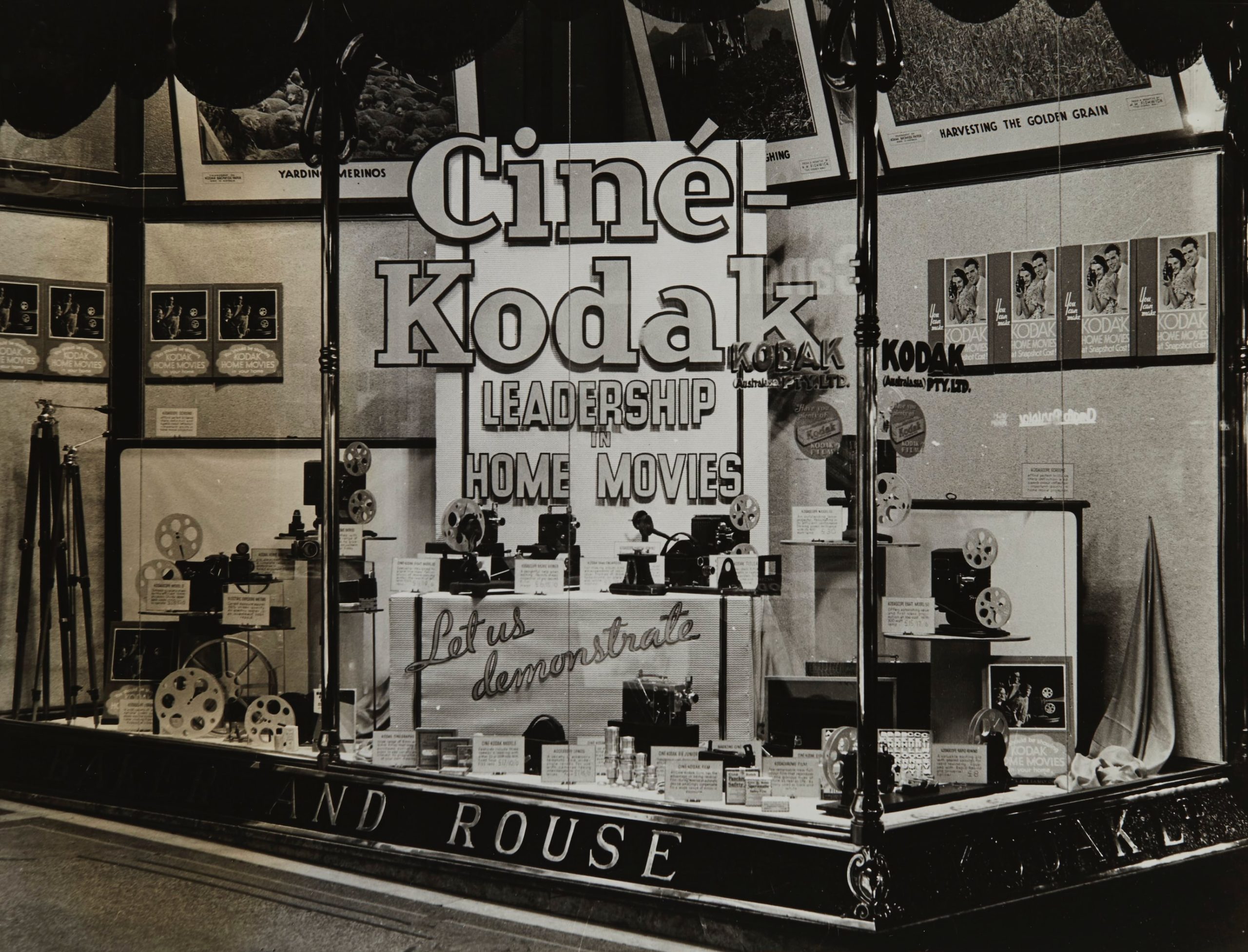Good to Great, by Jim Collins is one of the most read and admired leadership for business books in the last thirty years. And it’s one of my favorite’s, too. It’s full of insights on how good organizations go to great—based on studies of organizations who did just that.
The concept I use most in my leadership—and in my life—is preserve the core and stimulate progress.
These two ideas are often pit against each other as mutually exclusive. From politics to financial planning, there are bitter fights about whether we should protect what has been or innovate and improve. But there’s a big difference between ideas in tension and opposites.
Every person, family, business, church, and technology have a core, a foundation that is at the heart of their success. Losing a healthy core leads to destruction. But we know stories of people and organizations who simply wouldn’t grow and change. From Kodak’s dismissal of digital photography to your Aunt Myrtle who won’t touch a computer, real tragedy comes from rejecting the need for progress.
Collins found that great organizations did both. Easy to say, harder to do, right? How do you know what the right balance is? How do you know when you’ve gone too far? Turns out the key to managing this tension has nothing to do with balance.
The more clearly you understand and name your foundation, the easier it is to innovate without threatening it. It’s when you don’t truly know what’s core that you risk destroying it through foolish innovation. And the deeper your insight, the more truly you see which core ideas and people and resources make up your foundation, the asker it is to protect your core.
Kodak’s problem was not that it was too concerned about it’s core. It’s problem was that it understood it’s core too shallowly. They thought they were in the photo paper business, when they were in the memory capture business.
In the end, great organizations—great people and families—do not compromise one inch on their core. They completely preserve the core. And knowing what that is allows them to be as creative and unconventional as they can be in all non-core areas. But when you don’t know what’s core and what’s not, every decision requires an exhausting deliberation.
What’s your core? How well are you preserving that? And what’s not core? How well are you doing in progressing in those areas?


Comments are closed